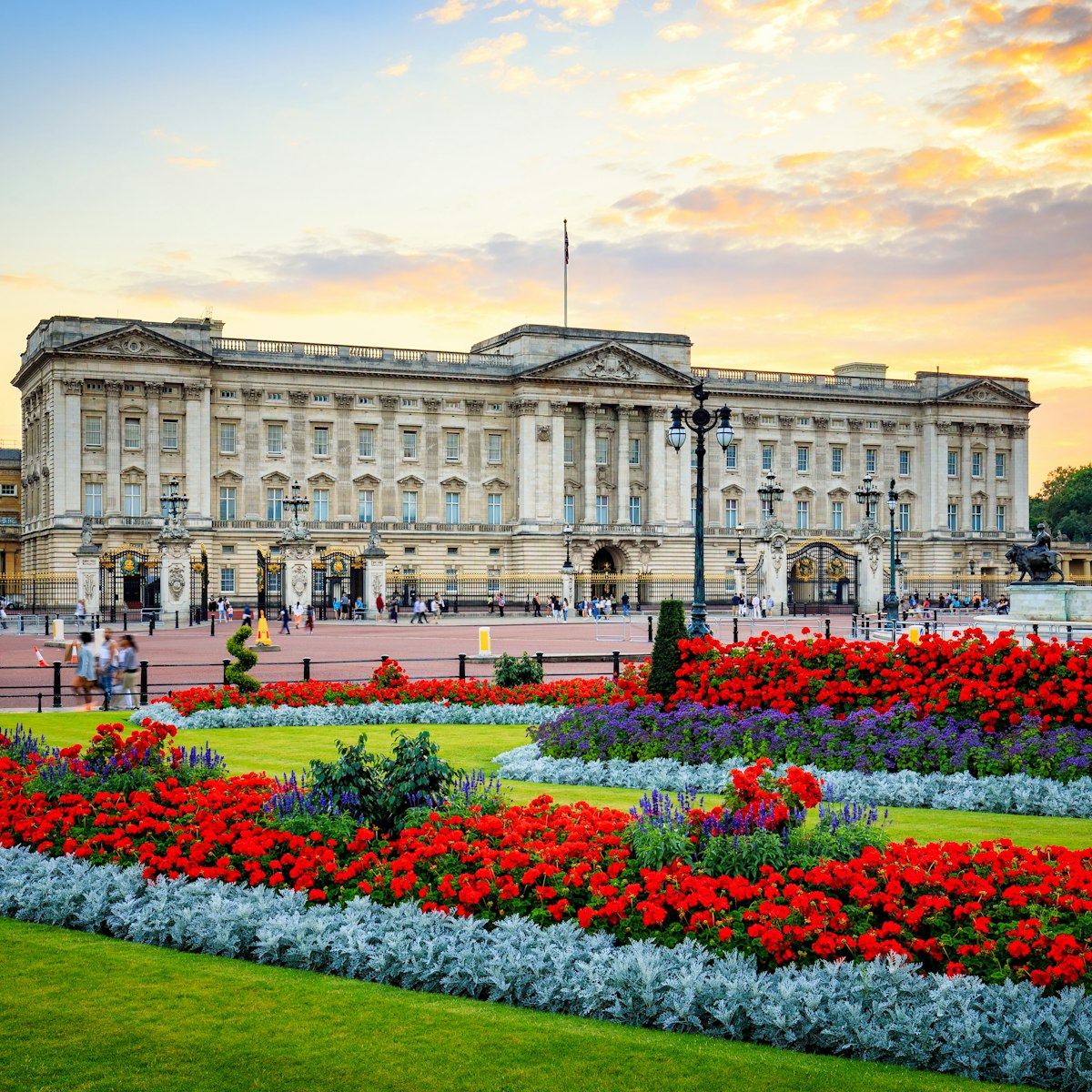Within glorious stumbling distance of the Thames, this summer home of the bishops of London from 704 to 1975 is a lovely blend of architectural styles immersed in beautiful gardens. Until 1924, when it was filled with rubble, the longest moat in England enclosed the palace. The oldest surviving chunk is the little red-brick Tudor gateway, while the main building dates from the mid-17th century and was remodelled in the 19th century.
The lovely courtyard draws watercolourists on sunny days, and the genteel, recently refurbished Drawing Room Café at the rear, looking out onto the gorgeous lawn, is a superlative spot for some carrot cake and a coffee. It also has a pretty walled garden (10.15am to 4.15pm summer, to 3.45pm winter) and, detached from the main house, a chapel designed by William Butterfield in 1866.
Set in the rooms around the Tudor courtyard, the new museum at the palace is free. The collection explores the palace's history and the lives of some of the notable Bishops of London who resided here. Children can pick up a free family trail here to help them explore.
Guided History tours (£6, children free, 1½ hours, four to five tours per month) usually take in the Great Hall, the Victorian chapel, Bishop Sherlock’s Room and Bishop Howley’s dining room. There are also garden walks (£6, 1¼ hours); check the website for dates and times. The lawn is also a venue for Luna Cinema, the popular summer outdoor-cinema club that shows films at famous spots around town and the UK; outdoor theatre and summer jazz evenings are also staged.
The surrounding land, once totalling almost 15 hectares but now reduced to just over five, forms Bishop’s Park, a beautiful park with a lovely promenade along the river and the usual assortment of playgrounds, fountains and cafe.








